How to Remove Wall Texture!?
Shelby McLane
6 years ago
Featured Answer
Comments (20)
Fori
6 years agoShelby McLane
6 years agoRelated Discussions
Removing Sand texture on walls
Comments (1)Check out the Home Decorating forum. The same problem was just discussed there....See Moreremove wall texture from pipes?
Comments (1)If it's the same 'texture in a can' that I've used, it should just come off with warm soapy water. Spray it with water, leave it on a few minutes and then wipe with a plastic scrub sponge....See MoreRemoving texture from walls - cost and options?
Comments (2)Looks like knockdown. Or, as they say in the brochures, Spanish lace. Anyway, the only way to get rid of this is to hire a crew to skim coat it. Looks like they need to fix at least one seam as well. Good luck!...See MoreHELP! How to repair drywall mud knockdown texture closet wall
Comments (3)They're small holes and the majority of them can be successfully spackled. If there is additional damage where, for example, the "feet" of some of the angle supports caused an impression, a narrow-bladed spackling knife and some joint compound can be used to artfully remedy the dents. Also, if you're installing your own system, thoughtful placement of the new components can hide at least some of the holes. And, once the walls are painted, the new system is installed, and the clothes are put back, any deficiencies in your repairs won't be on display anyway....See MoreShelby McLane
6 years agoklem1
6 years agoShelby McLane
6 years agoklem1
6 years agoShelby McLane
6 years agoklem1
6 years agoShelby McLane
6 years agosofaspud
6 years agoklem1
6 years agosofaspud
6 years agoDiane
6 years agoShelby McLane
6 years agorwiegand
6 years agoUser
6 years agolast modified: 6 years agoLaura Pyke
4 years agokudzu9
4 years agoCLC
4 years ago
Related Stories
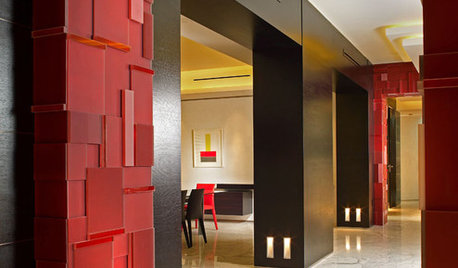
DECORATING GUIDESTextured Walls: Inspiration Beyond Paint and Wallpaper
See what happens when you cover a wall with glass, metal, leather, upholstery, or a mass of living green
Full Story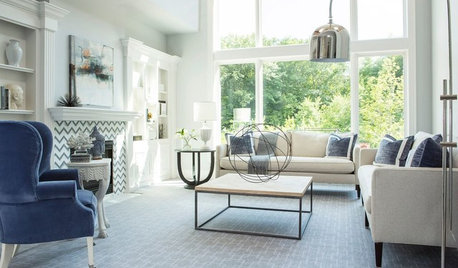
REMODELING GUIDES11 Reasons to Love Wall-to-Wall Carpeting Again
Is it time to kick the hard stuff? Your feet, wallet and downstairs neighbors may be nodding
Full Story
LANDSCAPE DESIGNGarden Walls: Dry-Stacked Stone Walls Keep Their Place in the Garden
See an ancient building technique that’s held stone walls together without mortar for centuries
Full Story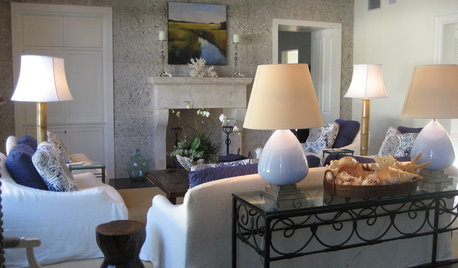
DESIGN DICTIONARYTabby Wall
Using coastal elements such as sand and shells, tabby walls provide a textured look
Full Story0
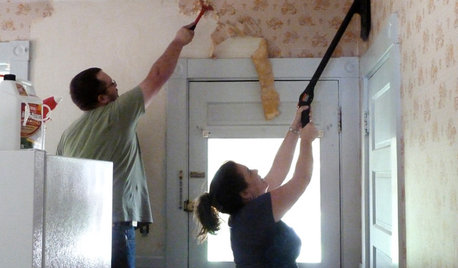
DECORATING GUIDESHow to Remove Wallpaper in 4 Steps
Learn the best way to remove wallpaper with only water (and elbow grease) so your next wall treatment will look great
Full Story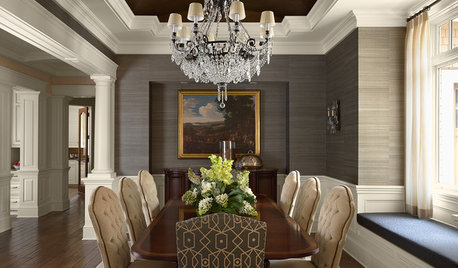
DECORATING GUIDESWalls Have a Field Day With Grass Cloth
Rustic or refined, richly textured grass cloth provides a burst of natural freshness to your interior decorating
Full Story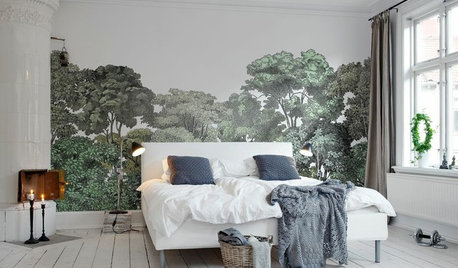
DECORATING GUIDES13 Stylish Ways to Accent a Bedroom Wall
From tried-and-true favorites to the latest textures, these creative ideas can strengthen your bedroom’s design
Full Story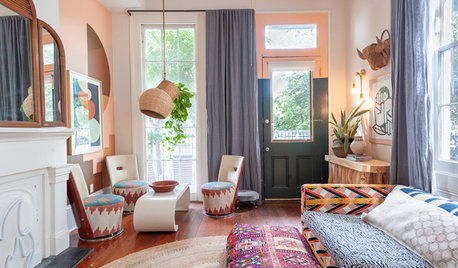
ECLECTIC HOMESMy Houzz: Textures, Textiles, Patterns and Plants in New Orleans
A hand-painted mural and layered wall decor add boho personality to the apartment of a blogger and a graphic designer
Full Story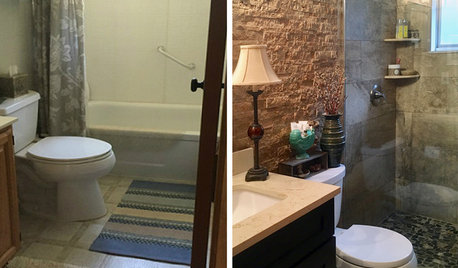
BATHROOM MAKEOVERSReader Bathroom: They Ditch the Tub and Add a Feature Wall
A trip to Sedona, Arizona, inspires the textured stone tile in this Michigan bathroom
Full StorySponsored
More Discussions



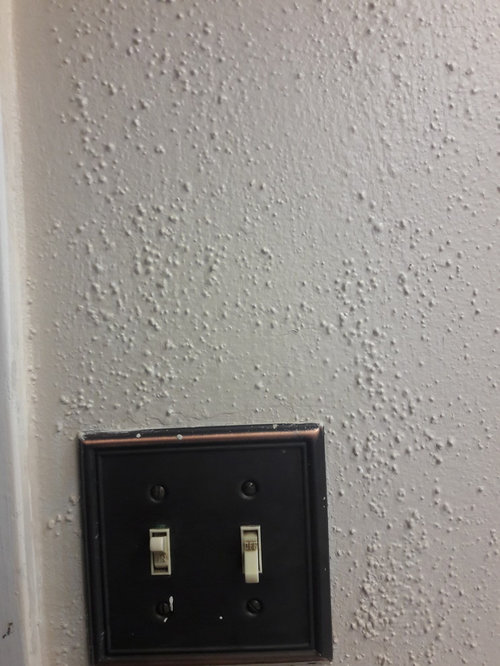

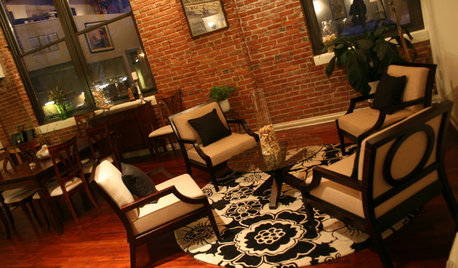
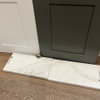

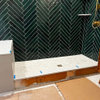
klem1